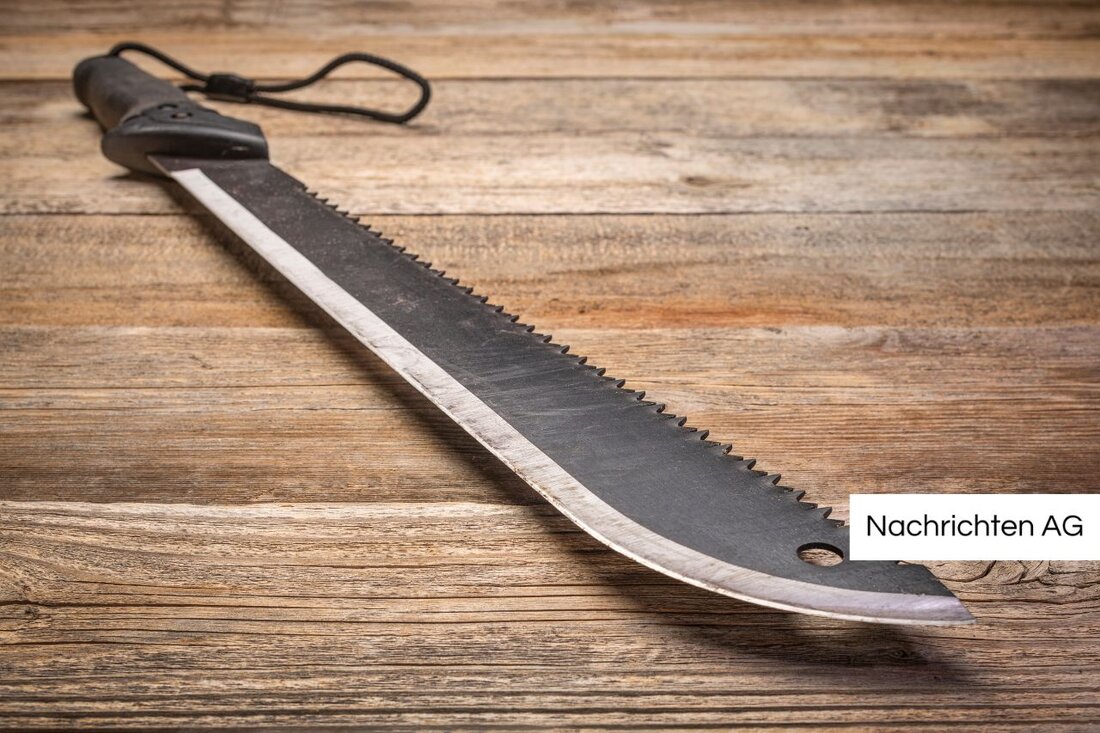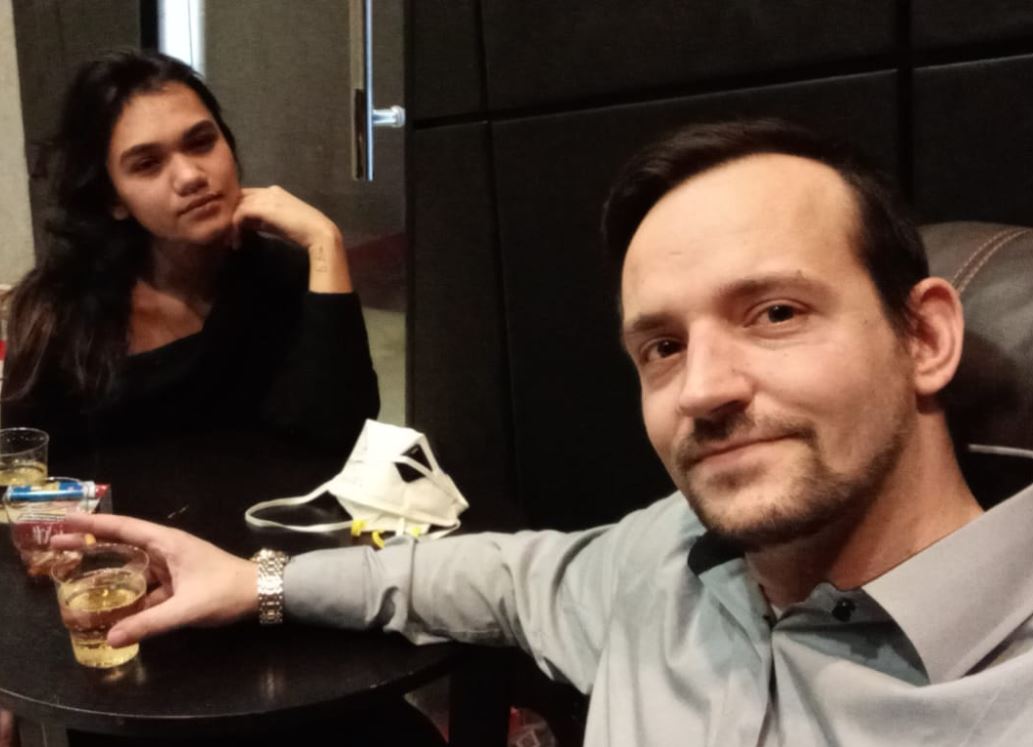Ukrainian defense against Russia's offensive: attacks and challenges
Kostiantynivka, Ukraine - the last lifeline for the besieged cities on the Eastern Front of the Ukrainian troops, which are caught in a network of increasingly fatal and sophisticated drone warfare, are based on a millennium -old technology: a fishing network. Along the streets, the nets are clamped on poles and offer the Ukrainian troops protection against Russian drones that ...

Ukrainian defense against Russia's offensive: attacks and challenges
Kostiannivka, Ukraine - the last lifeline for the besieged cities on the eastern front of the Ukrainian troops, which are increasingly captivated in a network of increasingly fatal and sophisticated drone warfare, are based on a year old technology.
Along the streets, the nets are opened on poles and offer the Ukrainian troops, which often circle deep in their territory, while the small explosive sets are hanging in the robust cords stay.
vital protection through the simplest means
Hardly a place needs this low-tech protection against a high-tech threat more urgently than Kostiannivka, one of three front cities in which the Ukrainian armed forces are increasingly in danger, from a Russian Summer offensive. These offensive is gradually transforming profits into strategic advantages.
A Ukrainian commander who defends the area told CNN that he had no longer received new soldiers for his unit for eight months and only the front positions - sometimes a few soldiers ward off more than a dozen Russian attackers - with drones, since vehicles would not reach the trenches.
everyday life in the middle of the war
Near Kostiannivka, locals let the gaps in the nets that they have created themselves - their everyday needs are more important than protection through the networks. They often leave places that are exploited by the skillful Russian drone operators. The elite drone unit Moscow, Sudnyi den, has published videos of their drones within the networks, which sometimes act in a double pack. In recordings of July 20, a drone attacks a Ukrainian military SUV, while another films the impact while waiting near the gravel to find another destination.
Last week, according to the city officials of Kostiannivka, four civilians were killed and 31 more injured by Russian attacks. The children were evacuated and there have been just over 8,000 civilians in the city.
The humanitarian situation on site
The streets of the city were littered with cars hit by Russian drones when the city was reached within the past month within the past month. Even on the safer edge of the city, a white minivan is abandoned, the passenger side of which was pressed in by a drone attack hours earlier. The driver of the vehicle was killed, said the local governor on Sunday, although the drone's explosions were not detonated.
Nearby is a braid made of thin wire that is now defined by the war - not fishing net, but fiber optic that is used to prevent the disturbance of drones. Russian and Ukrainian operators use dozens of kilometers of these razor -sharp glass wires to physically attach themselves to some drones. These cables extend over large parts of the battlefield and enable the operator to control the devices directly, despite all the disorders.
despair and hope in everyday life
While Tatiana, who returns from her old home on the outskirts, shuffles past the ruins, she fed her dog and collected some personal things. "It's hard there, really difficult," she says. "Nobody is on the street. I have no other place that I can go."
Last week, according to the open source monitor Deepstate, the Russian forces were able to advance to the southeastern edges of the city and southwest to eight kilometers. The gradual continuation of these progress at a high price of human life has been shaped by Moscow's war engagement for years. However, the simultaneous progress around the eastern cities of Pokrovsk and Kostiannivka as well as further north of Kupiansk could risk that the front line for Russia's President Vladimir Putin is reorganized and its entitlement to the Ukrainian region of Donetsk, a central goal.
The struggle for control of air sovereignty
The central market in Kostiantynivka is still an oasis of activity, where the locals are looking for food, despite the risk of drone and artillery attacks. Many are hesitant to be filmed, which indicates that they fear that they are branded as a pro-Ukrainian in the event of an early line-up of the city. "Now they will bomb us," says an older woman and refers to the fear that Russian forces will use news recordings for the target recording.
Another man who did not want to reveal his name and comes from Azerbaijan, where he sells fruit, called "Honor of Ukraine" and "Honor to the heroes", Pro-Ukrainian slogans. "What do you see?" He asks. "There is no peace today. Shots, of course."
challenges and lack of personnel
Control over airspace is carried out underground. Vasyl, a local commander, monitors a bank of monitors in his basement. The war is now divided into two parties: those who are hunted on the cruel front lines of drones, and the hunters themselves, whose drone operating bunkers and positions are often hit by air strikes. On the screen behind vasyl, a cloud of nuclear throom - a Russian air raid that tries to target Ukrainian operators.
his persistent problem are people: Vasyl, from the 93rd mechanized brigade, has no longer been given new soldiers for eight months. "We have a critical lack of staff. Nobody wants to fight. The war is over (for them). The old soldiers have remained, they are tired and want to be replaced, but nobody replaces them."
The new generation of drone fighters
vasyl's remaining infantry sometimes holds positions in pairs and receives food, water and ammunition in the half-darkness of dusk when the larger Ukrainian vampire quadcopter drones can fly. "We load 10 kilograms of supplies," he says. "And it flies 12-15 kilometers to transport supplies: food, ammunition, batteries, chargers for radio stations." The front positions are so vulnerable to Russian drones that Mortar teams often have to walk for many hours to wear 30 kilograms of ammunition and equipment, said vasyl.
The commander said that newer Russian drone teams, known as the Rubicon unit, are well trained and professional. Sometimes they even only use a thread that is let down from another drone that flies over a Ukrainian device to get caught in their rotors and to bring the Ukrainian drone to a crash.
The communication problems
Vasyl reported that poor communication about the military problems on the front is a serious topic. "Many things are not communicated and are hidden," he said. "We do not communicate many things to our state. Our state does not communicate many things to people."
"To understand the situation, you have to be in it," he said. "If we say that the situation is difficult, nobody understands it. You have to stand in our shoes. We are tired. Everyone is tired of this war, and I believe that other countries are tired of helping us."

 Suche
Suche
